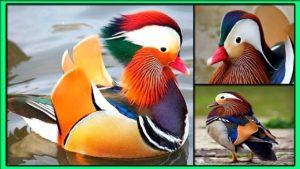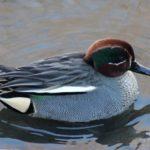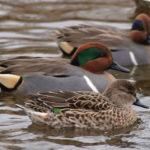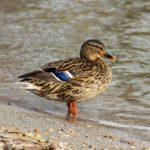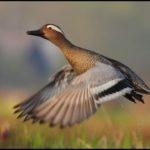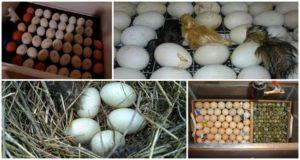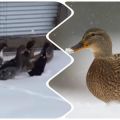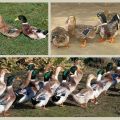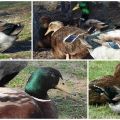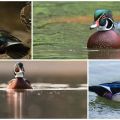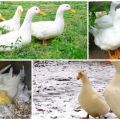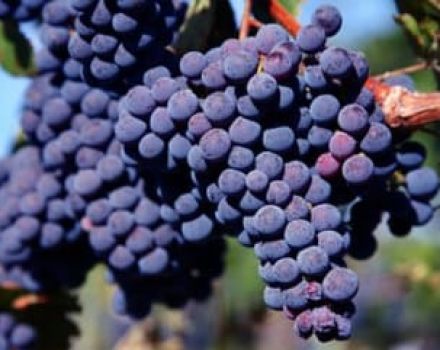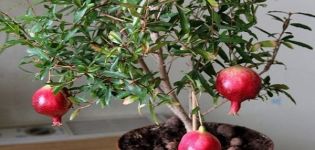Description of teal ducks and their species, where whistles live and diet
Teal is a small river duck that is known for its abundance. The migratory bird feeds on animal and plant food, and lives in flocks. Prefers to live in northern and temperate climates. During the nesting period, teals are divided into pairs. They create a couple for a long time, sometimes for life. Despite their very small size, they are favorite objects of sports and commercial hunting.
Description and features
Teal ducks are ubiquitous, and they got their name for the characteristic sounds they make - "chirk-chirk". The body length in males is about 40 centimeters, in females - 32-35 centimeters, an adult reaches a maximum weight of only 600 grams. It is difficult to distinguish a duck from a drake with the naked eye, especially outside the mating season, when teals of both sexes have dark plumage, gray and brown tones predominate.
Whistle types
In total, there are about 20 species of teal, but only 4 of them are found in the Russian Federation. Teal differs in plumage shade, characteristic sounds, favorite habitats and behavior patterns:
- Teal whistle. The smallest representative of the duck breed, the weight of males barely reaches 450 grams, and females - even less, the length of the body is about 33-35 centimeters. Distinctive features are wings with pointed ends and a bright blue-green stripe passing near the eyes on a red head. The plumage is gray, with a light stripe along the wing. This teal whistles briskly, which is why it earned its name.
- Teal cracker. He got the nickname due to the fact that it bursts loudly, he was also nicknamed the gray-winged, or short-cut. The whistle is larger in size, and its difference is an elongated gray beak with a red base.
- Teal-kloktun. During the mating season, it looks elegant and impressive. The head is adorned with a black cap, a golden stripe with white and black edges extends from its sides. The breast is bright pink, the sides of the body are blue. They were nicknamed Kloktuns for their shouts of “clo-clo-clo” during flights and being on the water.
- Teal marble. The plumage is gray, with characteristic light spots on a gray-brown body. The marbled bird species is dying out.
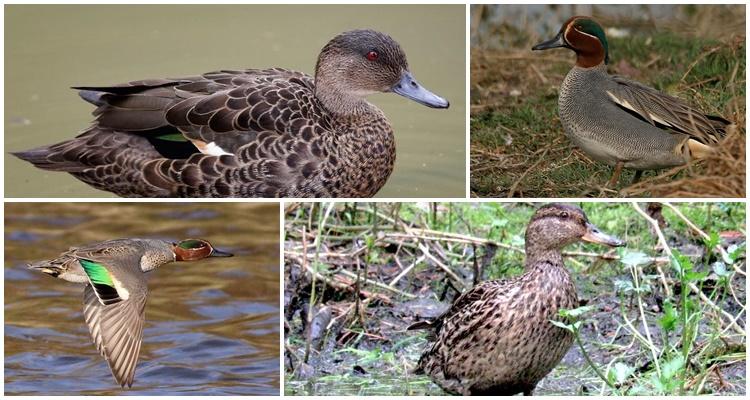
All representatives of the teal breed are excellent fly thanks to the wings with sharp ends. They instantly soar into the air, they do not need a run. The flight is fast, the landing is quiet.
Where do the way of life live?
The teal's habitual habitat is a temperate climate throughout Eurasia. In Russia, the bird can be recognized in almost any region, with the exception of the cold northern regions. Teal ducks nest in Asia, in the Far East.The smallest variety of teal (marbled) nests in the Volga delta, on small lakes of the Caspian lowland. During migration and wintering, ducks are located in Western and Southern Europe, Africa, Asia.
Birds prefer wintering on lakes, flood meadows, river deltas, overgrown sea bays. During periods of searching for a pair and creating nests, their favorite places are small lakes, swamps located in forest-tundra belts. On the reservoir, thickets of reeds and sedges are preferred, where they settle in flooded areas.
Teal diet
Teals have a mixed diet - they can eat both animal food (in the spring-summer seasons) and plant food (in autumn and winter). Going out to hunt, they completely immerse their head in the water, and the tail remains above the surface.
What it managed to capture during the dive, the bird passes through its beak, filtering it from the silt. They can also collect food from the surface and the ground.
Teals eat whatever they find in the backwaters:
- shellfish;
- worms;
- small crustaceans;
- insects (adults and their larvae);
- sedge;
- grain of large plants;
- seeds and roots of crops growing along the banks;
- duckweed, cereals, rice.
During the hunt, teals remain above the water surface, since they cannot dive - young ducklings have this ability, but with age they lose it.

Reproduction and lifespan
Ducks become sexually mature when they are one year old. Teals begin to select partners for themselves even during the flight; some of the birds begin mating games only at the nesting site. They arrive in late March or mid-April, as soon as areas of open water appear.
The courtship process is loud and noisy. The male circles around the female, demonstrates his bright outfit, flaps his wings and makes loud sounds, can lower his beak into the water, and then sharply lift his head to create a fountain of splashes.
Birds build nests with a diameter of 15-18 centimeters 150 meters from the water in sedge bushes, windbreaks, willow bushes. They dig holes, line them with feathers and down. The female lays 8-15 eggs, incubating them for 21-24 days. Immediately after the last egg has been laid, the drakes form male flocks and go to the seasonal feather replacement sites.
Ducklings hatch in June-July, immediately after birth, they are able to independently obtain food for themselves, are covered with a dense layer of fluff, actively swim, diving under water. A duck rises on the wing at the age of one month. As the offspring mature, teals replace their feathers and wander in flocks to their usual feeding places, waiting for the autumn migration to the south. Teals are considered centenarians among all species of ducks. They live to be 18-19 years old, and sometimes 21 years old.
Hunting these ducks
Despite the small size of the teal, hunters are very fond of this duck, since the meat of this bird in cooking is classified as a delicacy. The yield of clean meat after slaughter is almost 70% of the total weight of the duck.
Marble and kloktun are endangered species of ducks, therefore they were listed in the Red Book, the population of cracklings is greater. But hunting in the Russian Federation is only allowed for whistlers.
Teal is a bird that can be found at almost any latitude in Russia and throughout Eurasia. Despite the fact that it is very small, the duck attracts hunters, due to which the population has been declining in recent years. The ability to take off almost vertically, fly perfectly and without noise gives teals the opportunity to hide in small shady bodies of water, inaccessible to ducks of large breeds.
